Veitch Boats has all the hallmarks of boat-building success. A steady stream of boats is rolling out the door, with a nine-month waiting list. The factory floor is full of bustling builders and apprentices, smart investors with expansion plans, plus a growing list of admirers — not to mention a solid base of Facebook haters. Yep, things are going swimmingly for Roger Veitch, just two years after we first found him tucked away in Bairnsdale, Victoria, lurking in the dark shadows of Australian manufacturing.
SECRET’S OUT
In the early days, Roger guarded the laminating schedule for his Veitch 27 like the Colonel protects his herbs and spices — with a rocking chair and double-barrel shotgun. But now he’s got a few boats under his belt, his confidence is high as a hippie in a field of mushrooms. When The Captain asks if he can boogie down to Bairnsdale for a factory tour, Roger is more than happy to share a bit of intel. At the climate-controlled resin booth, we manoeuvre past a trolley piled high with rolls of fibres, soon to be injected with resin.
Pointing to the laminate schedule on a clipboard, he gives us the lowdown on what he reckons makes Veitch hulls stand out from the pack. “A massive amount of fibres goes into these things to make the hulls extremely strong,” he says. “We build with vinylester resin — it has 11 per cent more elongation making it more flexible and overall 30 per cent stronger than polyester resin. I’m bloody proud of that laminate schedule. Structurally, it’s way more than any other boat I know of.”
GLASS ’N’ GRIND
Peeking over the gunwale moulds, Roger elaborates further on the Veitch voodoo. “This is where the magic happens. We like to get the moulds and resins up to temp — we get everything exactly as we want it before we let the resin go. Infusion allows us to build a big light boat, with strength. Then we can put more weight into it — bigger fuel tanks, more horsepower and strength to drive these big boats hard and fast.” As The Captain watches the layers of fibre go down, Roger describes what’s happening. “The boys are laying the first of the dry fibre into the hull.
They’ve already gel-coated and chopper-gunned the tie layer with our special tooling resin. Now they’re starting to pack the infusion laminate in. The 1150 quad axial is the first of 11 layers of 1000g of glass that will go down. The whole hull-building process takes about a week — three to four days laying in dry fibre, before the bag, then a day setting up the resin lines and sucking the bag down. The final resin infusion only takes about an hour and a half.
ASSEMBLY TIME
Next stop on the unofficial Veitch factory tour is the assembly room where the big bits of boat come together. The crew has just bonded a new deck onto hull number six, using methacrylate glue imported from the US. One boat sucks up $1000 worth of glue on the scarfed join where the deck meets the hull. The Captain takes the opportunity to sneak a free sniff. Roger points out a hardtop ready to be fitted to a hull and deck. “It’s manufactured in two parts — an inner and outer skin, from two separate moulds. Again, the components are bonded with methacrylate glue.” The cabin conceals all the wiring, Roger says. “There’s a lot of structure in that hardtop to take the forces of the windscreen. It’s a very complex part, assembled on a jig, and takes about 250 hours to build.”
Now we move to the grinding booth, where all the nasty stuff is sucked away, which also keeps the other boats and components dust-free. Then it’s on to the wet lay-up area, where the boys are building new moulds for small parts, including the fifth generation dive door and components for new furniture. “This part of the factory is Lance’s kingdom,” Roger says. “He works full-time on R&D, prototyping parts and pulling new tools off parts.” At this point, it seems like an appropriate moment to share the story of the lay-up in the hull of The Captain’s project boat, Nub Tub. Trying to sound all boat-builderish, we get to the part about the biaxial cloth overlapped at the keel before we realise Roger has already wandered to the assembly room, muttering something about the future of Australian boat building and The Captain’s antiquated tub being two very different planets. Suitably humbled, we stop talking, tuck our egos back in the camera bag and follow him.
VEITCH 27 HULL LAMINATE
TOTAL FIBRE IN THE HULL SHELL
– 4,464gsm in the topsides
– 21,530gsm in the keel
– 10,765gsm in the bottom
– 18,964gsm in the transom
BOTTOM ROLLS
– Biax 10 rolls
– EDB 10 rolls
SIDE ROLLS
– Biax 2 rolls
– EDB 4 rolls
TRANSOM ROLLS
– Biax 9 rolls
– EDB 9 rolls
GETTING JIGGY
Back at the assembly factory, Roger introduces us to his deck jig. It’s a mock-up of a boat deck that allows Roger and the design team to develop prototype components. He shares a few fresh furniture designs the crew is about to tool up. “The new furniture gives us a lot more seating in the boat,” he says. “We’ve got 125L iceboxes each side that can be set to freeze, as well as custom-fabricated drawers under the helm seats. It works really nicely for game fishing.” The Captain’s crew rate the rear-facing lounge configuration right up there. We’d happily do without sinks and rigging stations in favour of cushions, particularly crewman Jack, who takes his nautical inspiration from Captain Snooze. It also gives the boat a friendly vibe for kids, wives and Xmas parties.
BAD BILL
Up on the mezzanine level, Chris and the boys from Ace Marine Electrical, all decked out in pressed, blue-sleeved polo shirts, are rigging up a main loom for Dale’s new boat, (Captain’s note to Chris: FFS, don’t get it wrong!) Chris, who does all the Veitch fit-ups in the factory, estimates there is 350m of wiring in the loom. He offers us a tour of Bill Hunt’s Nautic Hunt, unmistakable in its new citrus-coloured wrap.
“It’s running Garmin gear in conjunction with Yamaha Helm Master, Chris says. “That includes three 16-inch displays, autopilot, 24-inch phantom radar, FLIR night-vision camera, GMR blackbox, Grid video, and two 1kW transducers.” Chris says the electrical fit-up alone on this rig has taken between 130 and 150 hours. “It’s also running a CZone switching system that talks to the Garmin systems,” Roger chimes in. “It controls the boat with pre-set modes tuned in for cruising fishing or switching.”
The sexy black leather upholstery with matching orange stitching catches The Captain’s magpie-like attention. It comes courtesy of local boy Colton Wilson, from Concept Covers in Bairnsdale. “Bill’s boat was one of the first real production fit-ups we did in-house at the factory,” Roger continues. “Bill does a lot of fishing off Corner Inlet and Lakes Entrance and he wanted a big game-fishing boat he could trailer around behind his F250. It’s a punchy boat and Bill drives everything flat-out. He’s also got a rep for being rough on his gear — rumour has it he broke six steering wheels on his old Bar Crusher. But there’s a lot on this boat and it still boogies along at 100kmph.”
NEW FORMULA
Next to Bill’s boat is an unfinished hull owned by Andrew Cashman from Sale. “He loves offshore fishing and regular trips to Bermagui,” Roger says. Apparently, Andrew’s been driving deep-vee boats around Gippsland for many years, but after crossing the Lakes bar in a Veitch, Andrew traded in his beloved Alan Ball-built Formula. Andrew particularly rated the Veitch’s down-sea performance in the notorious short and steep slop blowing into Lakes Entrance from the south-west.
EXPANSION PLANS
Two years ago, when The Captain last visited, the factory floor was 500sqm and Roger had just finished his first boat. Now he’s onto hulls seven and eight, and the factory has expanded to 1000sqm. It’s about to get even bigger, with plans to move the whole operation to much larger premises down the road — 2000sqm of factory floor and a dedicated production, assembly and fit-up factory. The boys claim build time will be halved from three months to six weeks. Veitch Boats currently employees eight staff, but plan to up that to about 15 by the end of the year. On the floor, there are four boat builders and one dedicated R&D dude, King Lance. Roger and Dale head the new management structure, and Dale’s role is to coach Roger on how to best run the business — as well as chuck in a bit of advice on product development. The Captain suspects he’ll spend a chunk of time reigning in Roger’s lofty design aspirations.
STOTT PRESS
When East Gippsland developer and concrete-cutting kahuna Dale Stott first spied a Veitch at the Paynesville boat ramp, he knew he had to have one. His new Veitch boat is currently at the factory getting an internal fit-up. Jumping in the cockpit, The Captain spies a Seakeeper 2 gyro being carefully lowered below decks while Dale keeps an eye on proceedings. “These things should be called wifekeepers,” he says. A few of the young lads make a note to never, ever fit one. Dale’s boat is finished in metallic 2016 Bentley peacock blue, but he assures us he’s not a wanker. We can verify that he’s not. It’s also fitted with a 740L fuel tank for long-range touring. Built to commercial survey, it will double as a show pony for Veitch customer trials. Power comes from 600 Yamahorses plus a few other tricks from the Yamaha factory.
Dale’s regular gig is managing concrete-cutting on huge projects. It’s a high-stakes game with many moving parts — usually heavy ones. No stranger to solving complicated technical problems, he’s also a dab hand at spotting great business opportunities. In the course of the build of his 27, Dale shared a bit of friendly advice with Roger. That developed into a mentoring role and now Dale is part owner of a growing boat-building business. “Dale could see straight away that we could potentially sell 20 boats a year — but we could only build six boats a year,” Roger explains. “To get to that next level requires project management and staff.” He reckons it would have taken him 10 years to deliver those numbers on his own, but with Dale’s smarts he hopes to hit the 20-boat mark within the next two years.
NEW & IMPROVED VEITCH
On the actual building side, things are already changing fast. “The boat has gone through a mini revolution since hull number one,” Roger says. “We’ve refined our laminates, all our methods for gluing bits and pieces together and making things work are better — it’s a stronger, more refined boat. Every customer wants something different and we try to accommodate that. Rather than build a part as a one-off, we like to tool it and have it as an option for everyone in the future.”
One example of that is the new boat floor, partly developed with Dale’s input. It’s fully guttered so all the water drains to the bilge wells. The hatch lids are constructed from carbon fibre skins wrapped around 20mm of foam to keep the cool stuff, er, cool. “Nothing gets inside those hatches,” Roger says. Another new option is the Seakeeper gyro, which requires its own superstructure.
Every boat built from now on will have the option for a future bolt-in Seakeeper. It’s a good move, especially for resale value. They’re also onto their fifth-generation dive door. Roger reckons he’ll be the first Australian builder to make one that’s leak-proof, but still closes properly. Other new bits and pieces include a moulded cabin door, moulded footsteps and new furniture options.
27, 37, 47, 57…
After this unofficial tour, The Captain doesn’t reckon Veitch Boats will be slowing down any time soon, particularly with so much investment in people and resources. Asked what he reckons the operation will look like five years down the track, Roger takes a deep breath, possibly checking to see if Dale is within earshot. “There’ll be plenty of 27s on the water, plus a 37, possibly a 47. Who knows, maybe even a 57?”
“Reckon you could whip us up a seven metery to take on those cocksure ab snatchers?” The Captain asks, never one to pass up an opportunity, real or imagined. “Funny you should ask,” Roger replies. “We’re working on a seven metre model right now.” (see below) Righto, Rog, who do we make the cheque out to?
MORE INFORMATION
Veitch Boats 1/29 Rovan Place, Bairnsdale, Victoria.
0428 390 961; veitchboats.com.au

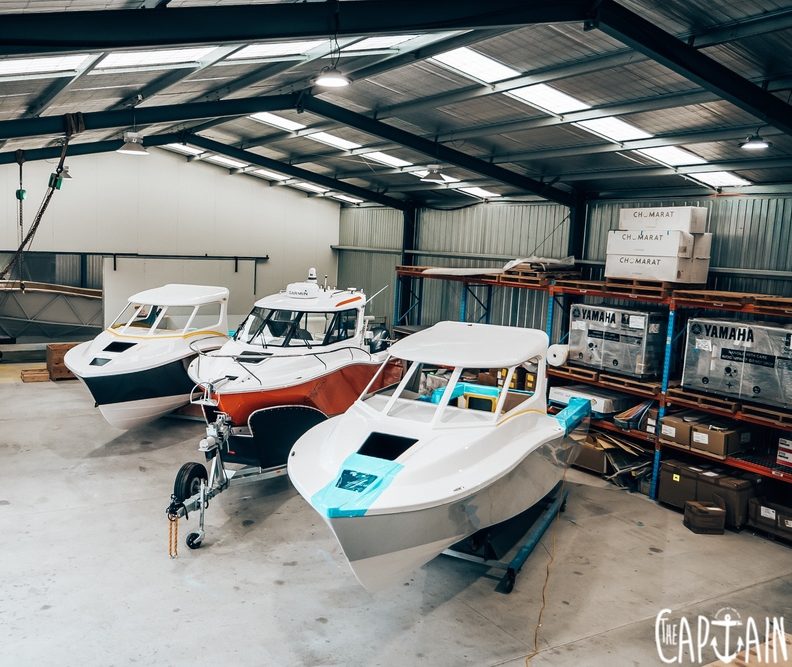
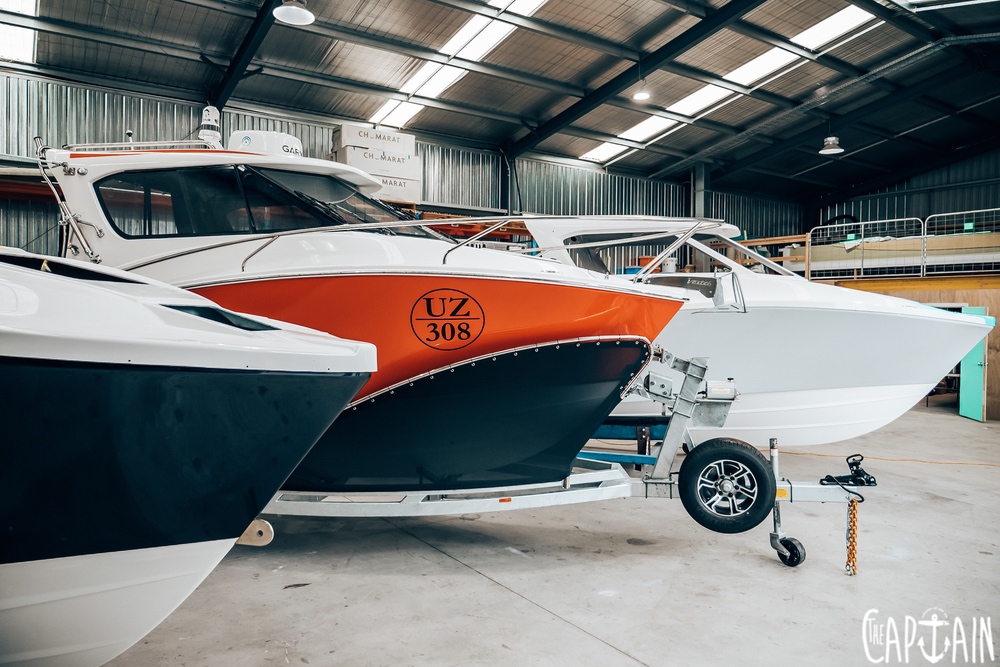
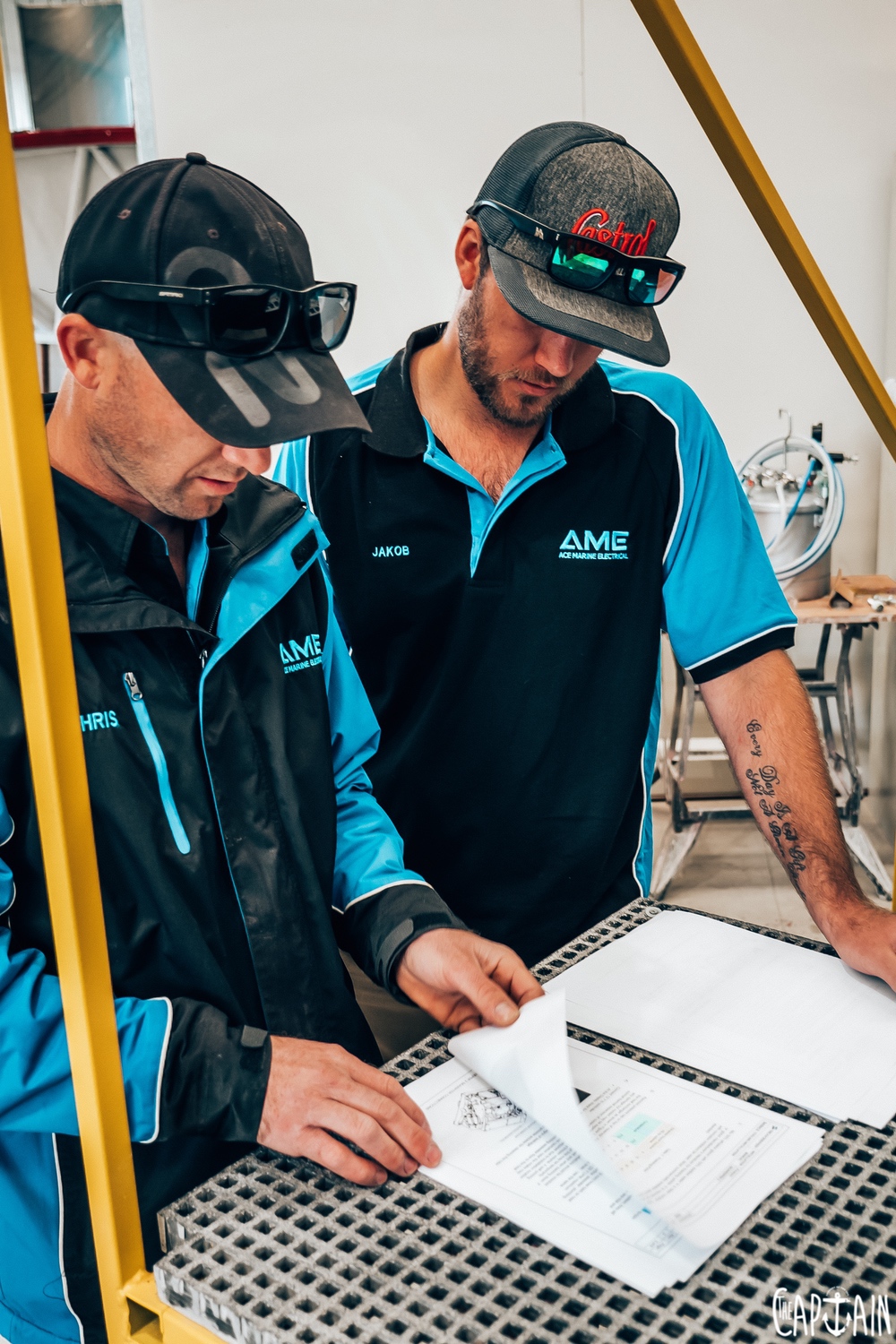
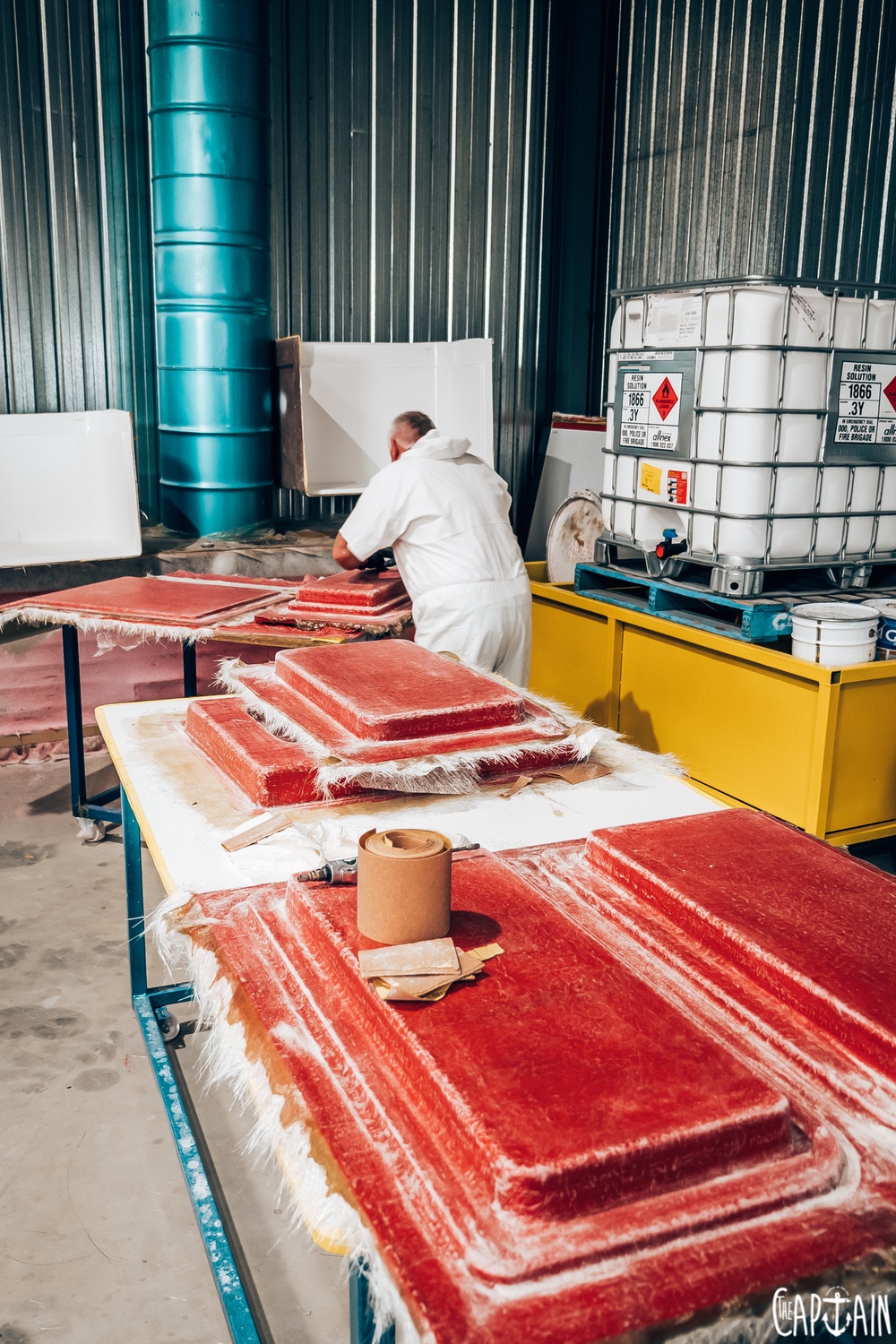

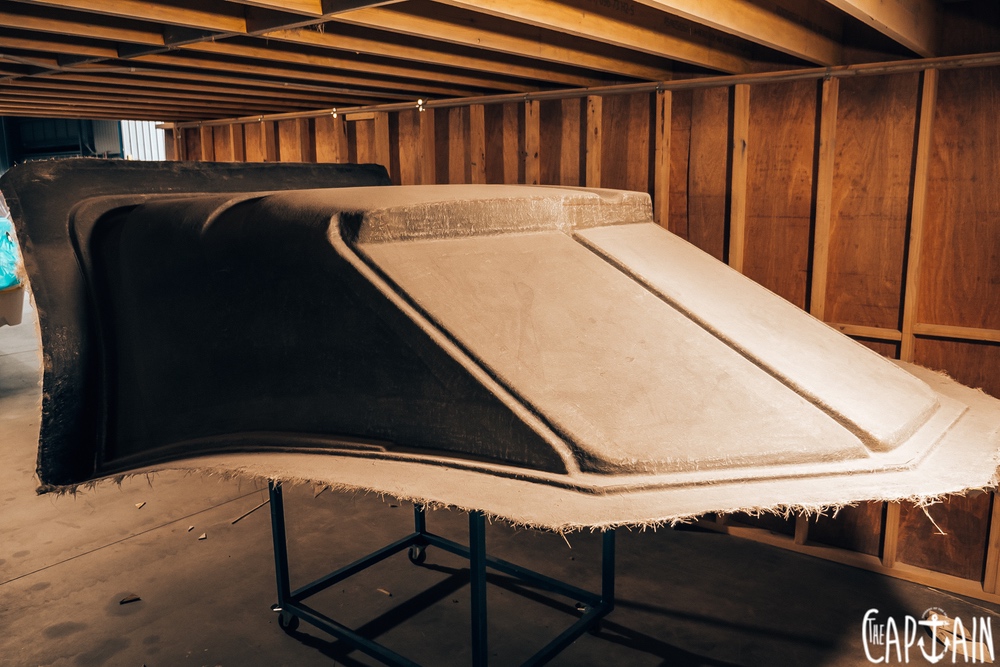
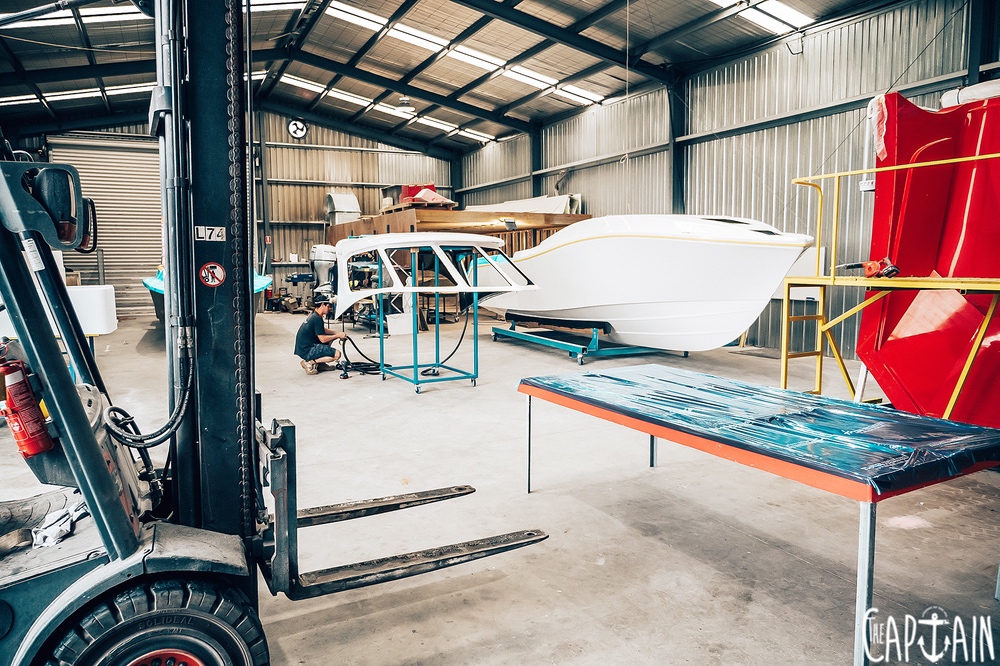
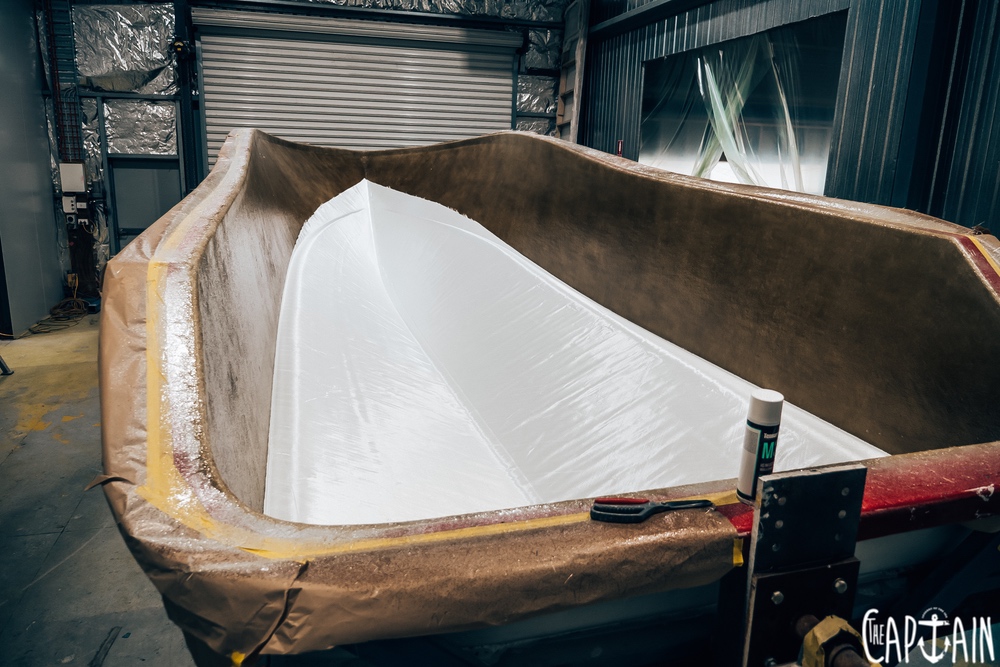
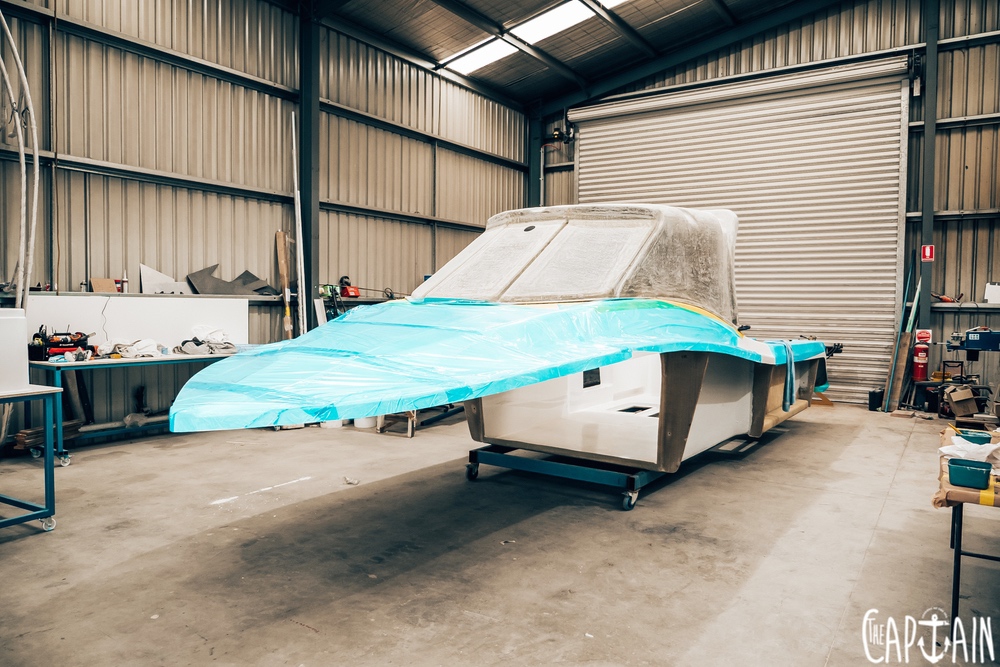

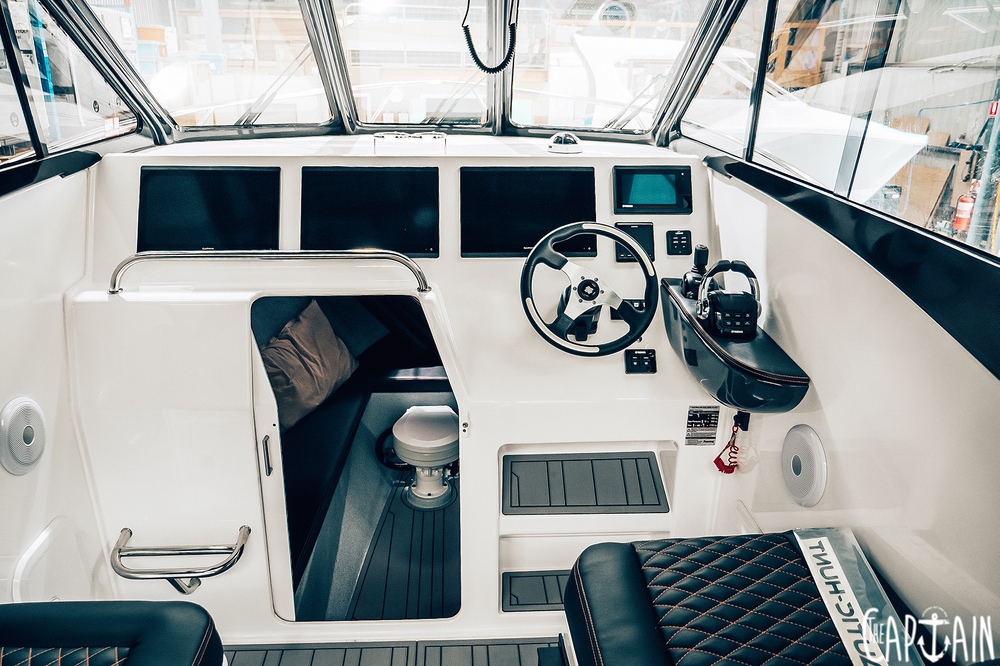
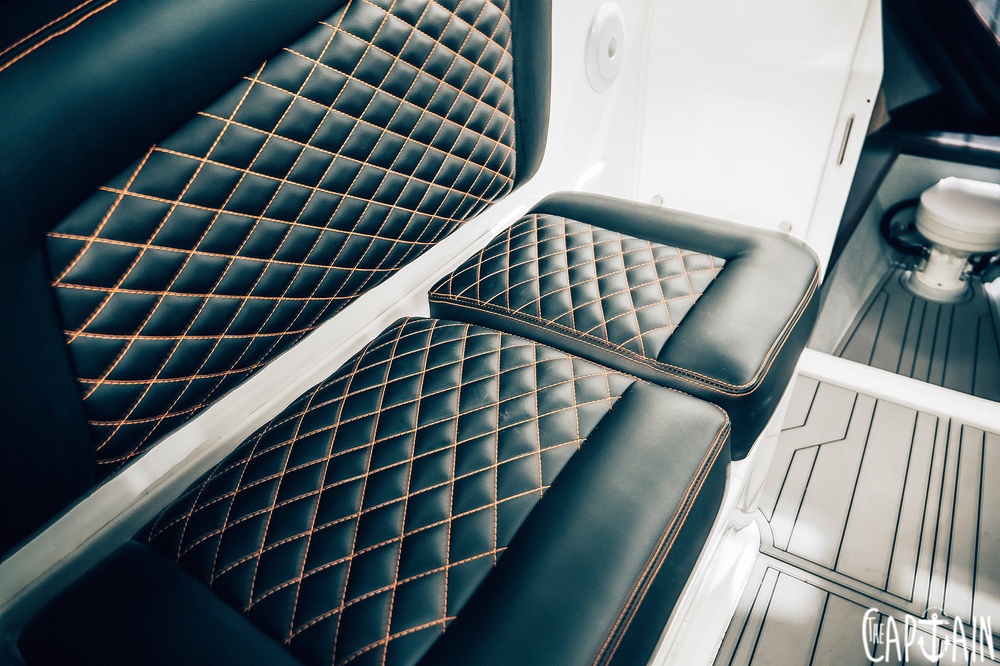
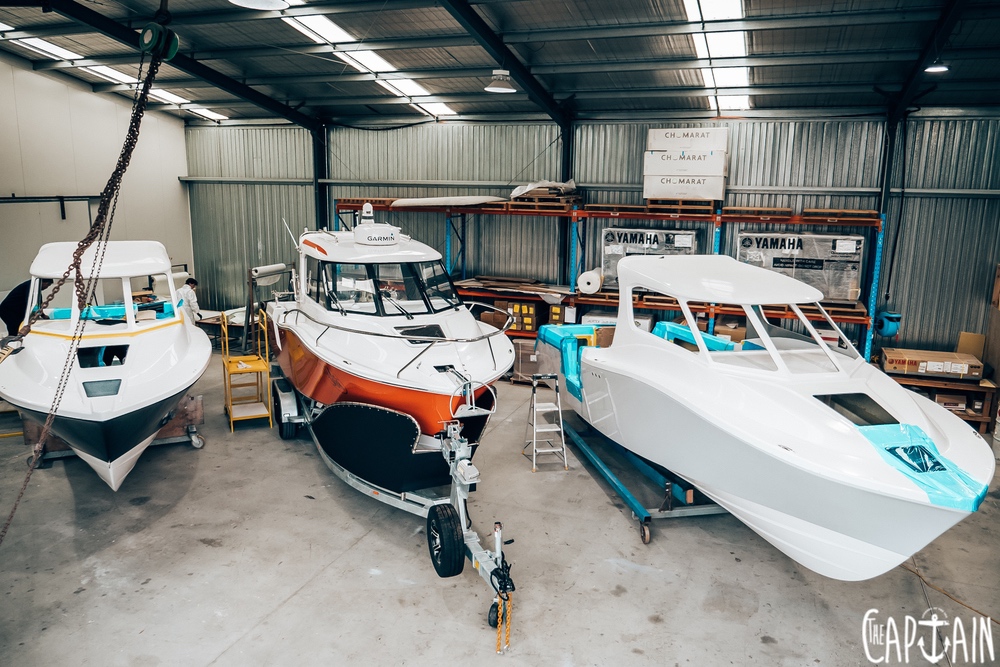

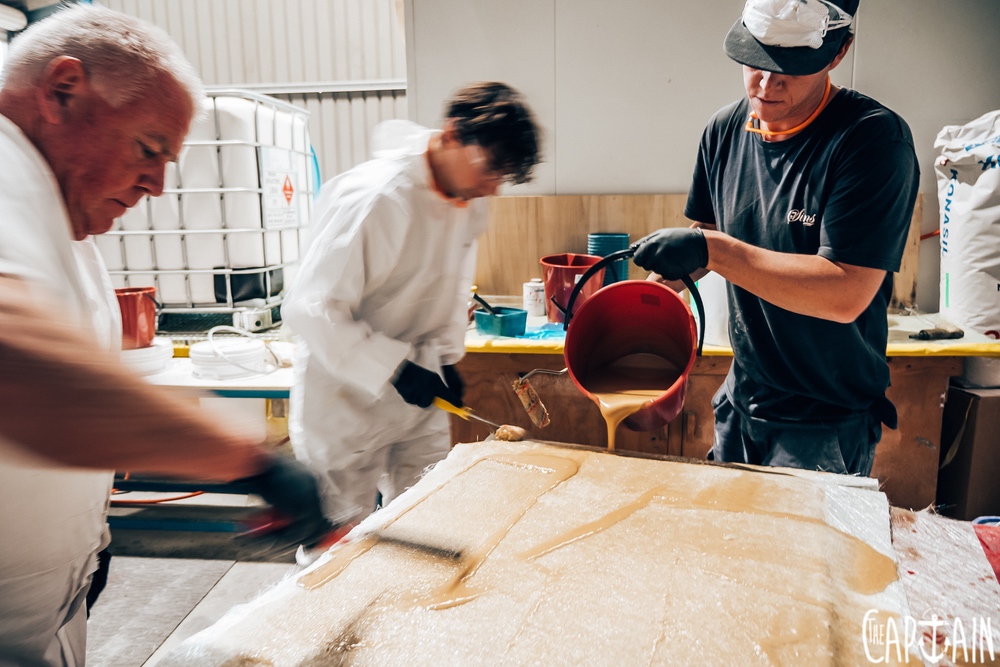
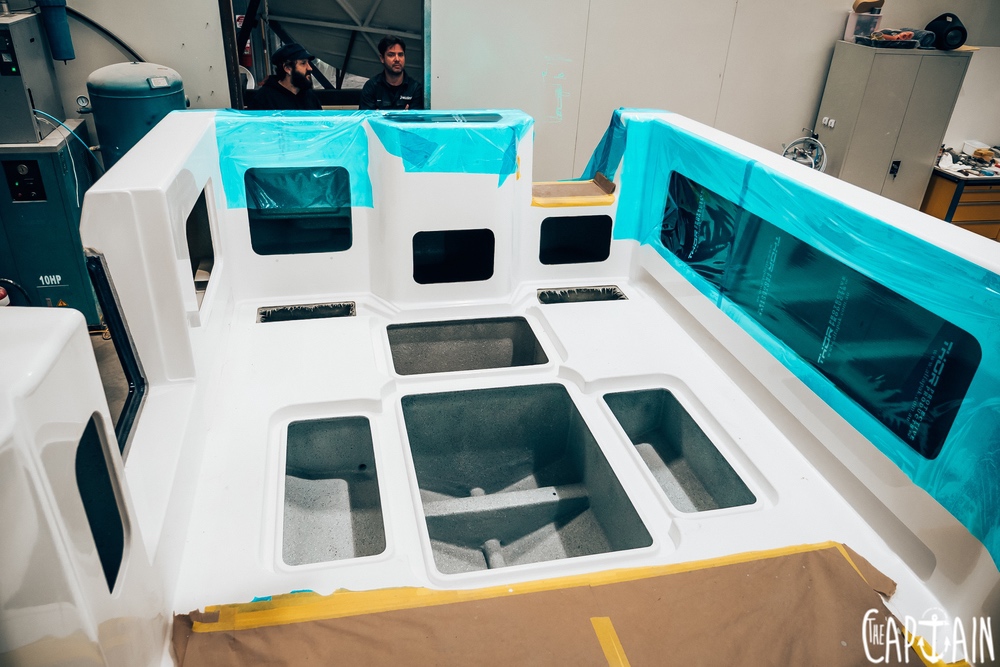
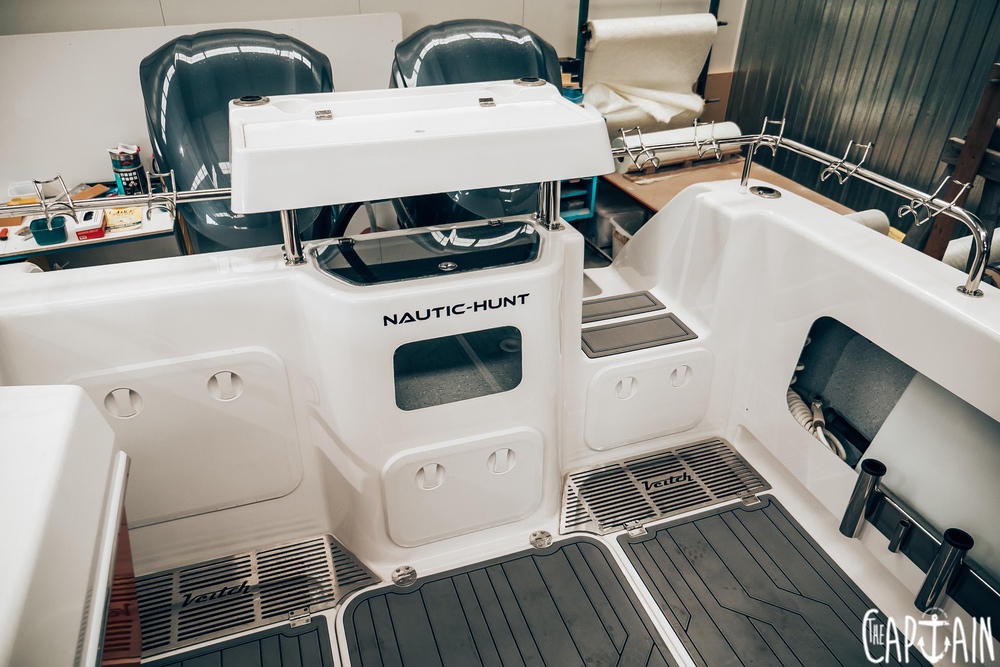

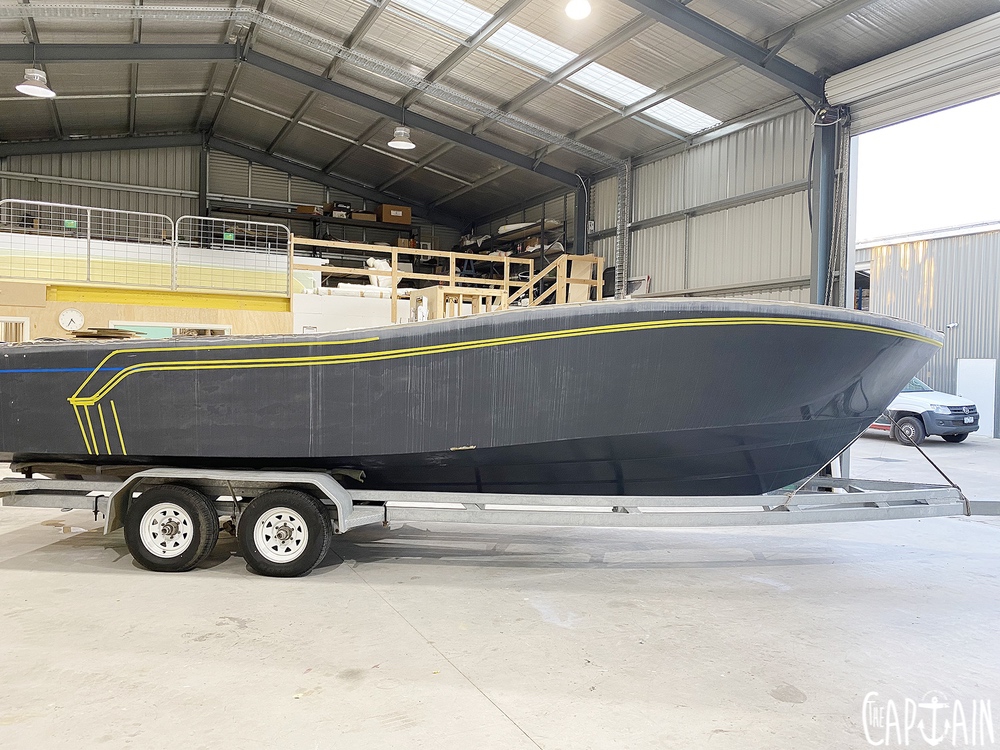
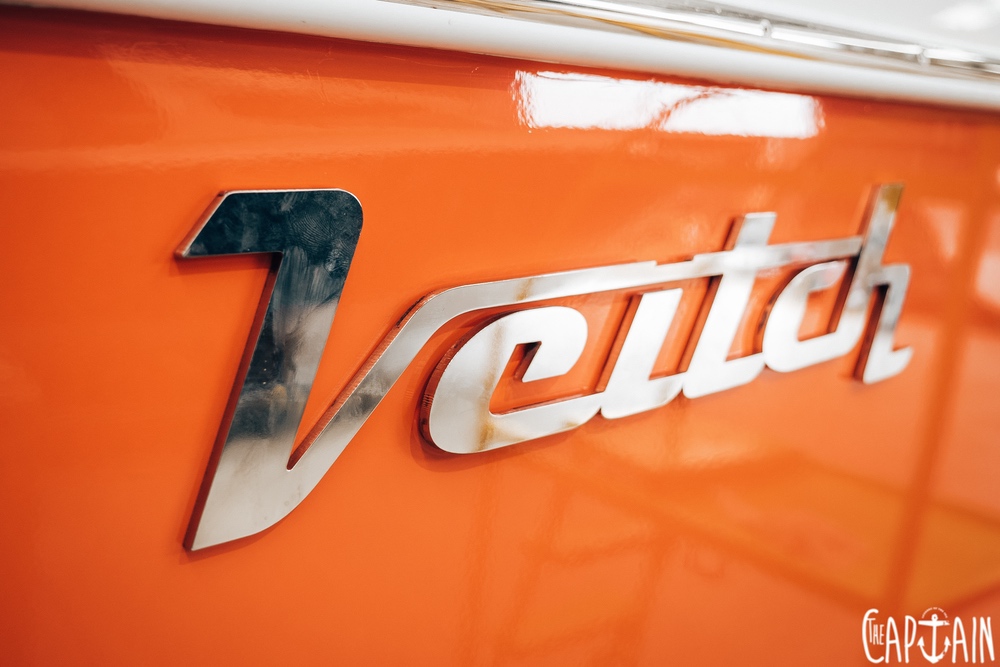

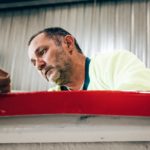
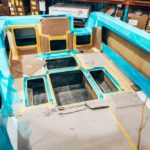


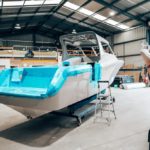

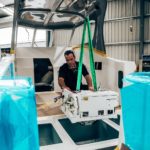
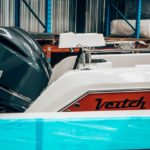
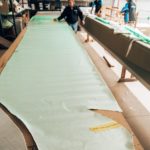
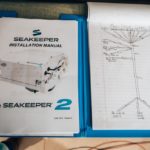

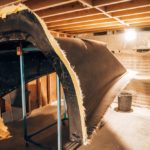
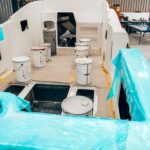
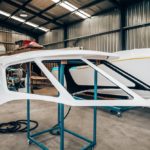
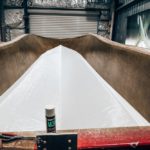
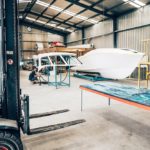
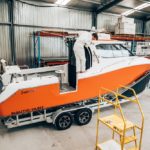

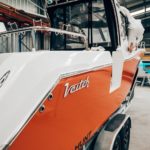
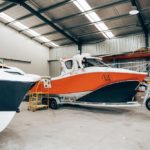
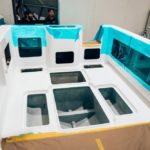
Recent Comments